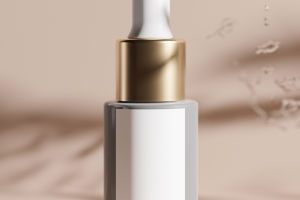Chairs are indispensable daily, our go-to spots for relaxation and productivity.
With a diverse array of chair types available, ranging from solid wood and iron to plastic, fabric, and leather, each material presents unique benefits and drawbacks.
Among these options, leather chairs stand out for their timeless elegance and luxurious appeal. Today, we delve into the advantages, disadvantages, and essential maintenance tips for leather chairs, shedding light on why they remain popular for discerning consumers.
Advantages of Leather Chairs:
Ease of Cleaning and Durability: Leather chairs boast an inherent ease of maintenance, making them a practical choice for busy households and high-traffic areas. Unlike fabric upholstery, leather surfaces are resistant to deep-seated stains, as dust and spills merely settle on the surface, allowing for effortless cleaning with a gentle wipe.
Leather exhibits remarkable durability, maintaining its structural integrity and elasticity over time, ensuring prolonged comfort and aesthetic appeal.
Elegant Aesthetic: Renowned for their sophisticated allure, leather chairs exude a sense of luxury and refinement, elevating the ambiance of any space. The smooth, lustrous surface of leather imparts a luxurious sheen, evoking a feeling of indulgence and prestige.
Whether placed in a living room, office, or executive boardroom, leather chairs instantly command attention and convey a sense of discerning taste and style.
Thermal Comfort: Leather chairs offer superior thermal regulation, enhancing comfort throughout the year. Unlike fabric upholstery, leather effectively dissipates heat, ensuring a more relaxed seating experience during warmer months.
Conversely, its insulating properties provide warmth during colder seasons, creating a cozy environment for relaxation and leisure activities.
Disadvantages of Leather Chairs:
Susceptibility to Damage: While leather chairs boast exceptional durability, they are vulnerable to surface damage from sharp objects. Accidental encounters with knives, scissors, or needles can leave unsightly marks on the leather, detracting from its aesthetic appeal.
To preserve the noble characteristics of leather, meticulous care and preventive measures are necessary to prevent damage and maintain its pristine appearance.
Maintenance Requirements: Although durable, leather chairs require regular upkeep to prevent premature wear and maintain their luxurious finish. Over time, exposure to heat can lead to leather aging, resulting in a loss of luster and suppleness.
To mitigate this, owners must diligently clean and condition their leather chairs using specialized products, avoiding harsh chemicals that can strip away natural oils and diminish their protective properties.
Maintenance Tips for Leather Chairs:
Use Gentle Cleaning Methods: Avoid harsh chemical cleaners that can strip the leather of its natural oils and diminish its luster. Instead, opt for mild, leather-specific cleaning solutions and gently wipe away dirt and stains with a soft cloth.
Prevent Stains: Take precautions to prevent stains from oil, ink, or other substances by promptly cleaning any spills with a leather cleaner or a damp cloth dipped in alcohol. Follow up with a dry towel to absorb excess moisture and apply a protective conditioner to maintain the leather's integrity.
Regular Care Routine: Incorporate a regular maintenance routine into your schedule, including periodic cleaning with a leather cleaner every 2-3 months and occasional vacuuming to remove surface dust. Additionally, minimize direct sunlight exposure to prevent fading and rotate the position of your leather chairs to ensure uniform color distribution.


